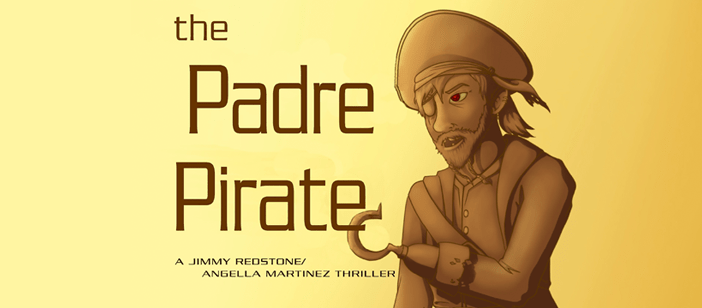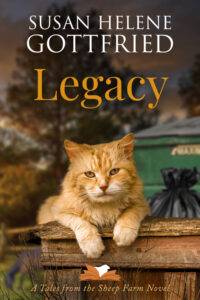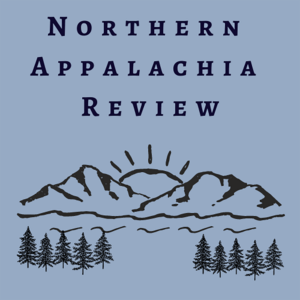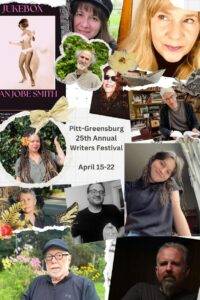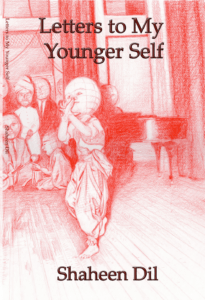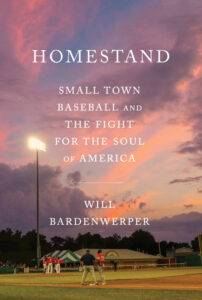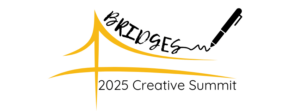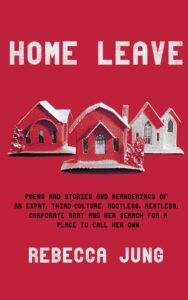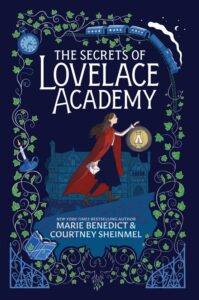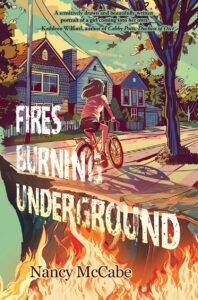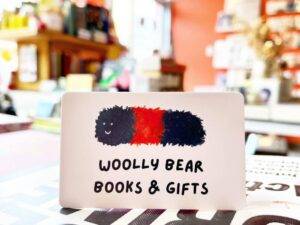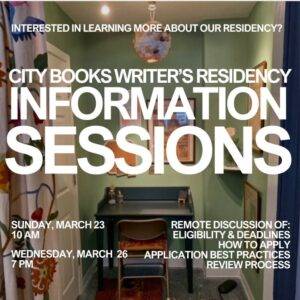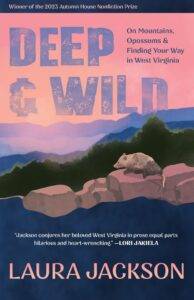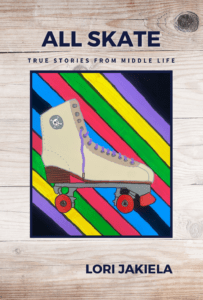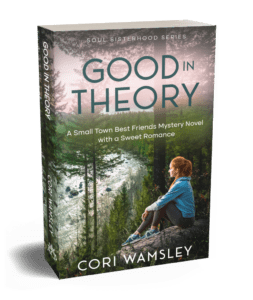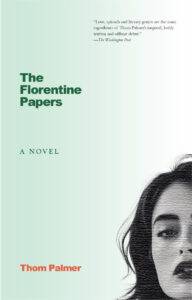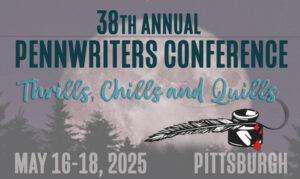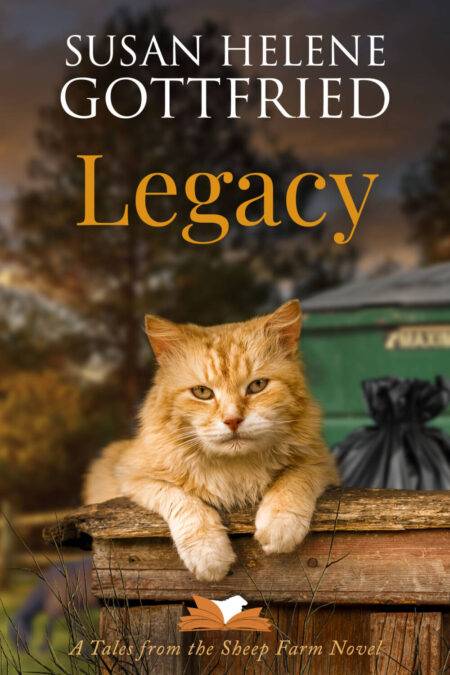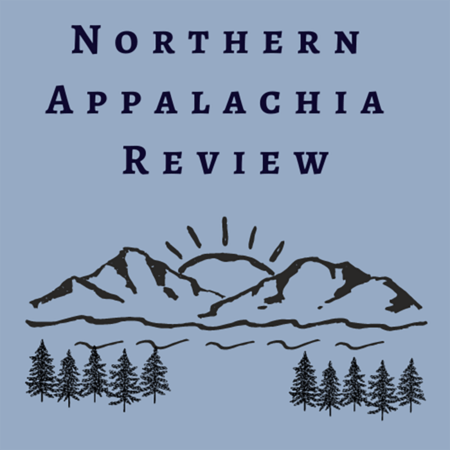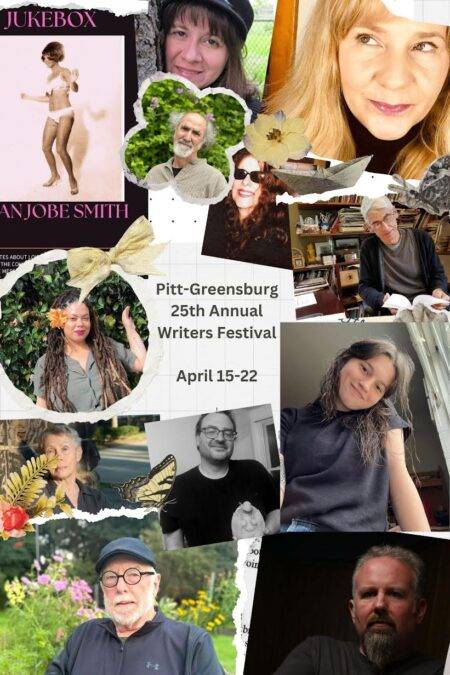From the publisher: “Inspired by his love of Pittsburgh, its unique charm, and the thriving art scene around town, David Harry is gearing up to launch his best friends and key protagonists, Jimmy Redstone and Angella Martinez on yet another wild adventure; this time leaving South Padre Island, Texas and traveling to Pittsburgh. The Padre Pirate is the 8th novel in Harry’s Padre Series. This fictional tale features beloved characters, Jimmy and Angella, this time working as insurance company investigators. The two are tasked to find a valuable missing bronze sculpture known as the Pirate. The trail takes them to Pittsburgh’s Three Rivers Arts Festival where they become embroiled in the dark underbelly of the international art world where originals and fakes are routinely interchanged and where terrorists’ money laundering is coordinated by a Mexican drug lord. Wrapped into the mix is the Israeli Mosad on the trail of Holocaust art, rumored to contain the assumed names of Nazi war criminals…”
Don’t miss out: On Thursday, September 12th at 7pm, Harry will be hosting a behind-the-scenes discussion and book signing at Mystery Lovers Bookshop for The Padre Pirate!
About the Author: A native of Pittsburgh and a graduate of both Peabody High School and the University of Pittsburgh. David Harry Tannenbaum was born and raised in the east end of Pittsburgh. He graduated from the University of Pittsburgh with a BS in Electrical Engineering and from Capital Law School in Columbus, Ohio, with a Juris Doctorate. David is a registered patent attorney and was patent counsel for Bell Telephone Laboratories in New Jersey for 30 years. He then transitioned to become Senior Partner at Fulbright & Jaworski (now Norton Rose Fulbright) in Dallas, Texas for 17 years before retiring and moving back to Pittsburgh, PA with his wife, Mary, and their dog, Franco. Mary and David now split their time between homes in both Miromar Lakes, FL and Pittsburgh. David has published 11 books in the last 12 years; Three under his given name, David H. Tannenbaum (Standard Deviation, Out Of The Depths, and Adventures In The Law) and eight under his pen name, David Harry (The Padre Puzzle, The Padre Predator, The Padre Paranoia, The Padre Pandemic, The Padre Poison, The Padre Phantom, The Padre Phony, and The Padre Pirate). David is also a former Vice-President of the Southwest Chapter of Mystery Writers of America. For more information, follow him on Twitter and on Facebook.
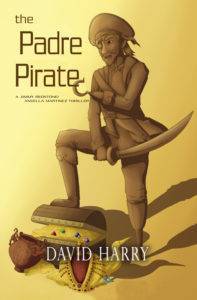 “Come on you two,” the deep voice of Trooper Hessle commanded, “we have an appointment to keep.”
“Come on you two,” the deep voice of Trooper Hessle commanded, “we have an appointment to keep.”
“Where we going?” Angella asked.
I shouldn’t have wasted the effort asking, because cops never give you a straight answer.
Hessle surprised me by saying, “Eight forty-five appointment at the Holocaust Center in Squirrel Hill. There’s something you two need to see. That’s six minutes from here. I’m driving.”
And drive Hessle did. No lights or siren, but if she was under fifty any time in the ride I would be surprised. “This is the Panther Hollow Bridge,” Hessle said, as we sped over a deep ravine between very steep tree-lined slopes. “That’s Pitt over to the left. Cathedral of Learning.”
Still in tour guide mode, Hessle waved her right arm a moment later, apparently pointing to a plateau on top of a hill off to our right. “And that up there is the Oval, sports fields and ice skating. This is Schenley Park we’re driving through, donated to the city by Mary Schenley. And over there, just behind us,” she continued, now holding up her left arm, “is Phipps Conservatory. Best flower displays anywhere.”
The car made a sharp right turn a moment later, braking but not bothering to stop for the red light. Down a winding hill we sped, around several curves and then another sharp right turn. “This is the new Greenfield Bridge over the Parkway.” Before the words were out, she braked hard, swerved around two cars, turned left and continued on the mostly empty city street, brick homes lining both sides of the wide street. The houses on the right were built into a hillside and could only be entered by walking up a full flight of concrete stairs.
My cell phone screen displayed the time as eight-forty three.
We paused at the next red light long enough for Hessle to assure herself she could blast on through without being hit. I would have waited for a truck to pass, but Hessle accelerated fast enough so the truck missed us by several feet. Three more red lights, same program, same results. Into a parking lot next to what appeared to be a mini-strip mall, and Hessle was out of the car and walking toward a door.
Time: Eight forty-four and thirty-eight seconds.
“You’re early,” I called to Hessle, who was by now a good five steps ahead of me.
“We need to be in and out in less than ten minutes. Fifteen max,” Hessle said, her finger poised to push the doorbell button mounted on the wall outside of the space occupied by the Holocaust Center.
“Don’t bother ringing,” a gravely weak-sounding voice said from a doorway off to my right. “Not moving fast these days.”
I turned to see a man come out of the early morning shadows and shuffle toward us.
A custodian, by my assessment. Most likely a retired custodian.
“I won’t introduce you,“ Hessle said to Angella and me. “Better that way.”
As the old guy approached the door he reached deep within a pants pocket and produced a key. He proceeded to unlock the door, slowly pushed it open, went inside, and touched several buttons on a keypad. A moment later the lights came on. Coming back in our direction, the man said to Hessle. “You got no more’n fifteen minutes until they be cleanin’. Best if you be gone before they arrive. Alarm’ll take care of itself.” The old man shuffled past us and slowly made his way back along the side of the building in the direction he had come from.
“Come in,” Hessle said, “Be careful where you step. According to my source, they’re taking this exhibit down and the staff’ll be here, as he said, in a few minutes to finish and clean up.”
The area was small, what you would expect from a storefront exhibition space. Judging from the layout of the empty easels arranged in rows and the wall-mounted display areas, the center was equipped to display perhaps a hundred works. I walked over to a corner where a screen flashed on and began cycling through faces, some old and wrinkled, some young, but all with eyes that screamed for understanding.
“Come back when they’re open,” Hessle called from an office in the back of the building, “you can push that button over there and hear their stories. Most of those folks are gone now and this is their legacy.”
I made a note to stop back and do just that, but right now I had to focus on why we were here. Except, I didn’t know even that fact. All Hessle had told us was that we were here to view a Bucksbaum, not the one that I had taken a photo of, but one of the earlier ones, number six she had said. It had been on display as part of the exhibit that had just closed. It was my understanding someone was coming at nine-fifteen to pick it up.
I turned back to the central display area just as Hessle was positioning a picture very similar to the one we had seen in Lucy Lowell’s room at the rehab center. In fact, to my eye it appeared the same. Same color flowers, reds, oranges, smudges of what appeared to be green. I couldn’t tell the difference.
“I understand,” I began, not knowing what else to say, “that these… these flower pictures… were done in a camp.”
“Correct, “Hessle said. “that’s my understanding as well. Flowers are drops of blood spread by a fingernail.”
“The orange? And the different colors of red?” Angella said. “And the green?”
“Mixed in dirt and bits of food. Dye from rags they wore.”
“How did you work that out?” Angella asked, pressing close to get a better look at the painting.
“No time now. Carrie Buck’s coming for this picture, so let me show you something.” Hessle picked up a sheet of what appeared to be translucent graph paper and carefully positioned it over the painting, taking care to line up the edges perfectly. “Hold this; don’t move it.”
Angella pinched the flimsy material against the picture using her thumb and forefinger while Hessle retrieved a small flashlight from her back pocket. She turned the light on, but instead of the traditional white light, the tip glowed blue. A series of dots appeared on the paper when she held the light in close proximity to the easel. ”Here’s what I’ve been told, “ Hessle said, her tone conveying skepticism. “By reading where those dots are relative to the graph, and assuming each level of the graph is, say, a kilometer, and assuming the brightness of a dot represents a different weapon, you can see that a certain weapon, say a mortar, is positioned two kilometers from the camp. Over here,” she said, the blue light having moved to the left several inches, “is a stockpile of bombs almost three kilometers out.”
“What about direction?” I asked, recalling my map-reading courses and not seeing anything indicating direction. ”Could be anywhere on a circle.”
“Here’s where I’m baffled, and why I wanted you to see this for yourself. When it was explained to me, I came to understand there’s no universal agreement as to the efficacy of these…dots. As is well documented, conditions near the end were chaotic, and stories abound. I’m not even certain there’s universal agreement the Bucksbaums are even… real. But the official version is that the dots are positioned to give direction. See that dot off to the right? It’s near the fourth line. The fourth line is north. The third is east and so forth. So in this case, the direction from the center of the camp is mostly north and a little east.”
Something was wrong with what we had just seen and it took me a few minutes to realize what it was. “I assume that’s a UV light you’re using?”
“Correct. It is.”
“But blood doesn’t luminesce.”
“That’s what I’m saying about confusion—and frankly to my mind, myth. I’m told that for this exhibit demo the effect has been recreated using DNA and other science. In the early forties this didn’t exist.”
“So who’s pushing the…the dot theory?” I asked.
”As best as I can determine, Carrie Buck.”
“To drive the value up?” I asked.
“That would be one reason, I suppose,” Hessle replied, then added, “With the support of art dealers, speculators really, working the price up for their own purposes.”
“So if the stories are true, how did Bucksbaum know what to do and how to do it?”
“The story is, the resistance trained folks in all kinds of secret activities to foil the Nazis. Bucksbaum was one of the many trained before he was deported to the camp. One theory has it that he is, or was, extremely color perceptive so he could shade the dots meaningfully. The pictures were read by someone with a like color perception after they were smuggled out. However it was done, it apparently worked. Munitions hidden in those tunnels were mostly destroyed by the advancing Allies.”
This excerpt of The Padre Pirate is published here courtesy of the author and should not be reproduced without permission.


